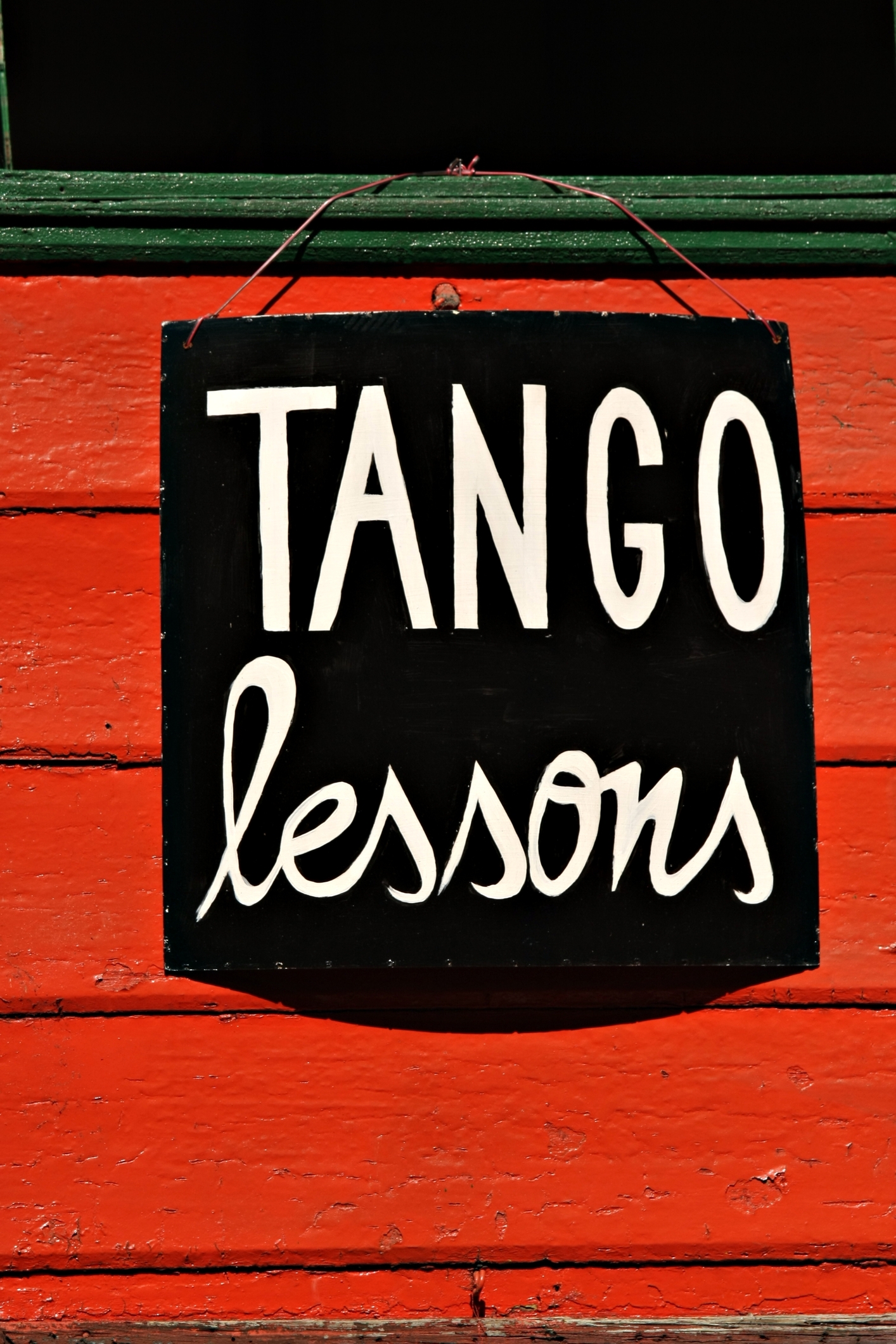Vitalia Consulting (VC) is not a conventional management consulting firm, and we don’t intend to become one. Our client-consultant role is to inspire forward-thinking solutions and actions. “Solution-Recognition” is an important tool in the process of searching for (and finding) the best innovative ideas.
“We need more ideas” is a phrase we hear almost every day. Innovation isn’t constrained by the absence of ideas, but the inability to notice the good-to-great ideas right in front of you. It’s not an idea problem; it’s a Solution-Recognition dilemma.
Ideas are free. So, why not take advantage of such a great value? Whatever happened to “Brain-Storming” where no idea was pre-judged as a bad idea, no matter how absurd the idea initially appeared to be? While Brain-storming has morphed into Ideation, White-boarding, Iterative Process, Blue Sky Thinking, etc., it’s rarely used the way it was originally intended. “Thinking Outside the Box” has been so overused and abused, it’s become a gag in bad commercials.
Once upon a time (1984-1987) while working with Vici Associates International (based in Milan, Italy) we used the creative-strategic process “ProThink” to stimulate innovative and pragmatic solutions for our client-companies. Guess What? The concept still works! Unfortunately, most companies (then and now) fail to consistently capitalize on Solution-Recognition, and make it an integral part of organizational culture. In my experience, it requires not only a mind-shift but also (and more importantly) a behavioral, cultural transformation.
In the digital speed of social media: Golden Opportunities are lost amidst the chatter. Great moments of brilliance never return to our work/lives.
People tend to think of creativity as flashes of light from the heavens, anointing the next demi-god of genius. In business world reality, new insights and ideas come from hard work. While analytic data can identify real opportunities, these insights must then be transformed into practical, viable ideas. Cogito Ergo Zoom (I Think. Therefore, I go fast.) is the wrong-headed mentality for Solution-Recognition to work.
Solution-Recognition requires:
- An Open Mind
- Genuine Listening Skills
- Passionate Intelligence (Intelligence that can actually be Applied)
- The Ability to Dream with “Eyes Wide Open”
- Being Empathic
- Emotional Intelligence (High EQ)
Research has found that those managers/leaders exposed to a small amount of uncertainty said they value creativity, but actually tended to favor practical word pairings over creative word pairings. If such a negative bias against creativity exists in times of uncertainty, it might explain why so many notable innovations (in business history) were initially rejected. Is this happening in your business?
The implications are particularly relevant now, as few leaders/managers would claim that they’re not working in an uncertain industry. The same uncertainty that propels the need for companies to innovate may also be compelling leaders/managers to reject discoveries that could help them gain a competitive edge.
The innovative ideas that would keep your company alive (and sustain growth) are being killed in the embryonic stage of development, or even at conception.
One possible solution to this “idea killing” is to change the structural system ideas must move through for acceptance and execution. Instead of using the traditional hierarchy to find and approve ideas, this process could be spread across the whole organization. Given a higher priority than immediate revenue, the idea market can create an organizational culture where new ideas are recognized and approved throughout the entire company, a democratization of recognition. What do You Think?
Solution-Recognition becomes an organizational “way of life” based on the assumption that everyone is capable of producing great ideas.
Example: We have a new client (based here in California) who recruited a highly-skilled, experienced Sales Team without building the right organizational infrastructure to support that Sales Team, without professionally mature Sales Management to properly lead and coach that Sales Team, without developing the software tools for that Sales Team to close more deals and succeed, resulting in an under-performing, disillusioned, demotivated Sales Team in complete disarray.
In essence, without Solution-Recognition, “putting the cart before the horse.” Your Management/Leadership habits become either an albatross or a catalyst for growth. The problem lies in Management/Leadership failure to (adapt and change) genuinely listen to the concerns, problems, situations the Sales Team is facing in the field. Genuinely listening to the Sales Team would engender coaching opportunities, and collaborative solutions for the true underlying problems.
Enlightened Management/Leadership embraces Solution-Recognition. Remember, You are defined by what You do.
Example: Enlightened Leaders get out of the office more often. These “empathic outings” are purposeful field trips, a way to effectively connect with employees, customers, vendors, alliance partners, and others key to the success of your business. This also makes an enormous difference in gaining commitment to shifts in business and organizational behavior, and solving related issues. The purpose of these meetings is not just for gathering information, but more crucially to discover, uncover crucial patterns of what’s working and not working in your business, misalignments in your business and organizational vision/strategies.
Example: We use Solution-Recognition in our most productive client-projects:
- Business Turnaround Projects
- Business Growth Projects
- New Business Ventures ~ Entrepreneurial Start-Up Projects
The Message: Reject Solution-Recognition at your peril, and suffer the grapes of wrath. Vitalia Consulting (VC) is not a conventional management consulting firm, and we don’t intend to become one. Our client-consultant role is to inspire forward-thinking solutions and actions. Solution-Recognition is an essential tool for every successful business.
Partner with Us. Let’s start with a conversation.
-
Marc Ortiz de Candia
-
Executive Partner ~ Provocateur
-
Vitalia Consulting | The Enlightened Leadership Leader









